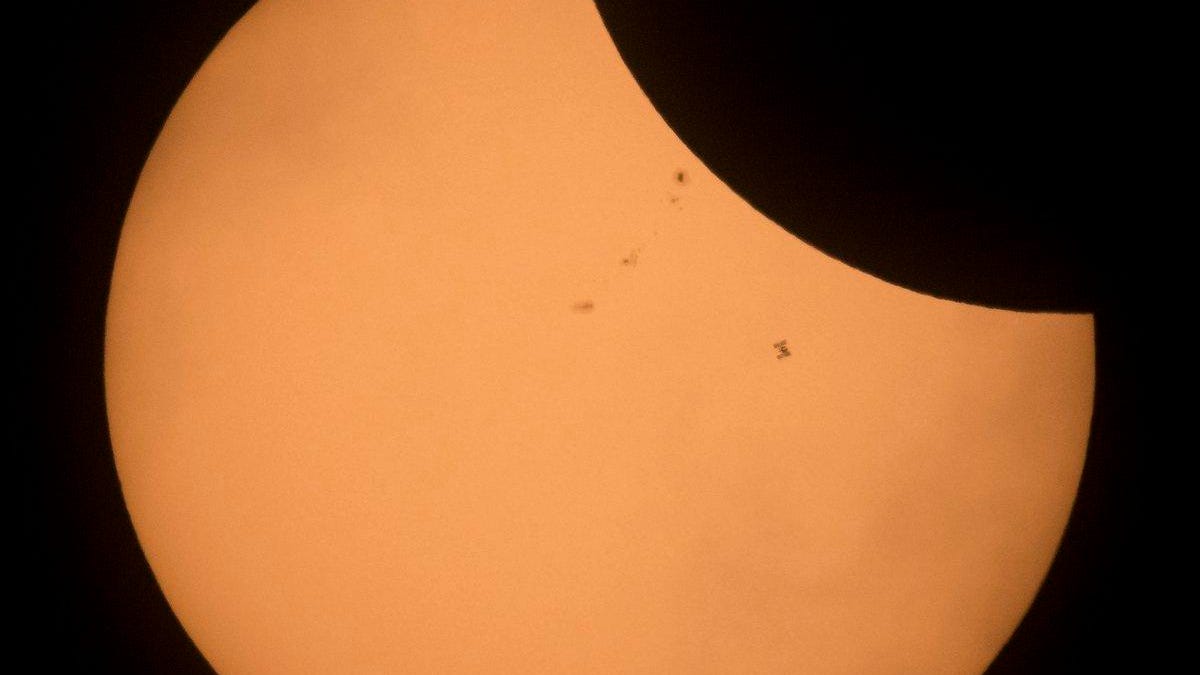The solar eclipse was way more popular than the Super Bowl
Almost twice as many American adults watched the solar eclipse as viewed the Super Bowl, a University of Michigan study shows.
If you witnessed the great North American solar eclipse back on Aug. 21, you weren't alone. You and an estimated 215 million other US adults saw the eclipse that day, according to an initial report from a study conducted by the University of Michigan. That means 88 percent of the adult population watched the eclipse in some fashion.
Not everyone got a direct look. The study found 154 million adults caught sight of the phenomenon through solar glasses, pinhole viewers and other devices, while 61 million viewed it electronically through NASA feeds, television and other methods. Compare that with the last Super Bowl's viewership number of 111.3 million people.
Jon Miller, director of the University of Michigan's International Center for the Advancement of Scientific Literacy, led the study, which surveyed Americans starting on the evening the eclipse and lasting for a week after. The survey included responses from 2,211 adults who have been participating in a larger University of Michigan and NASA study on scientific literacy.
"This level of public interest and engagement with a science-oriented event is unparalleled," Miller said.
Miller expects to issue a final report on eclipse viewership in January 2018 after a follow-up survey scheduled for later this year. That survey will aim to find out if eclipse viewers continued to seek out more information on the solar phenomenon and associated space topics.


